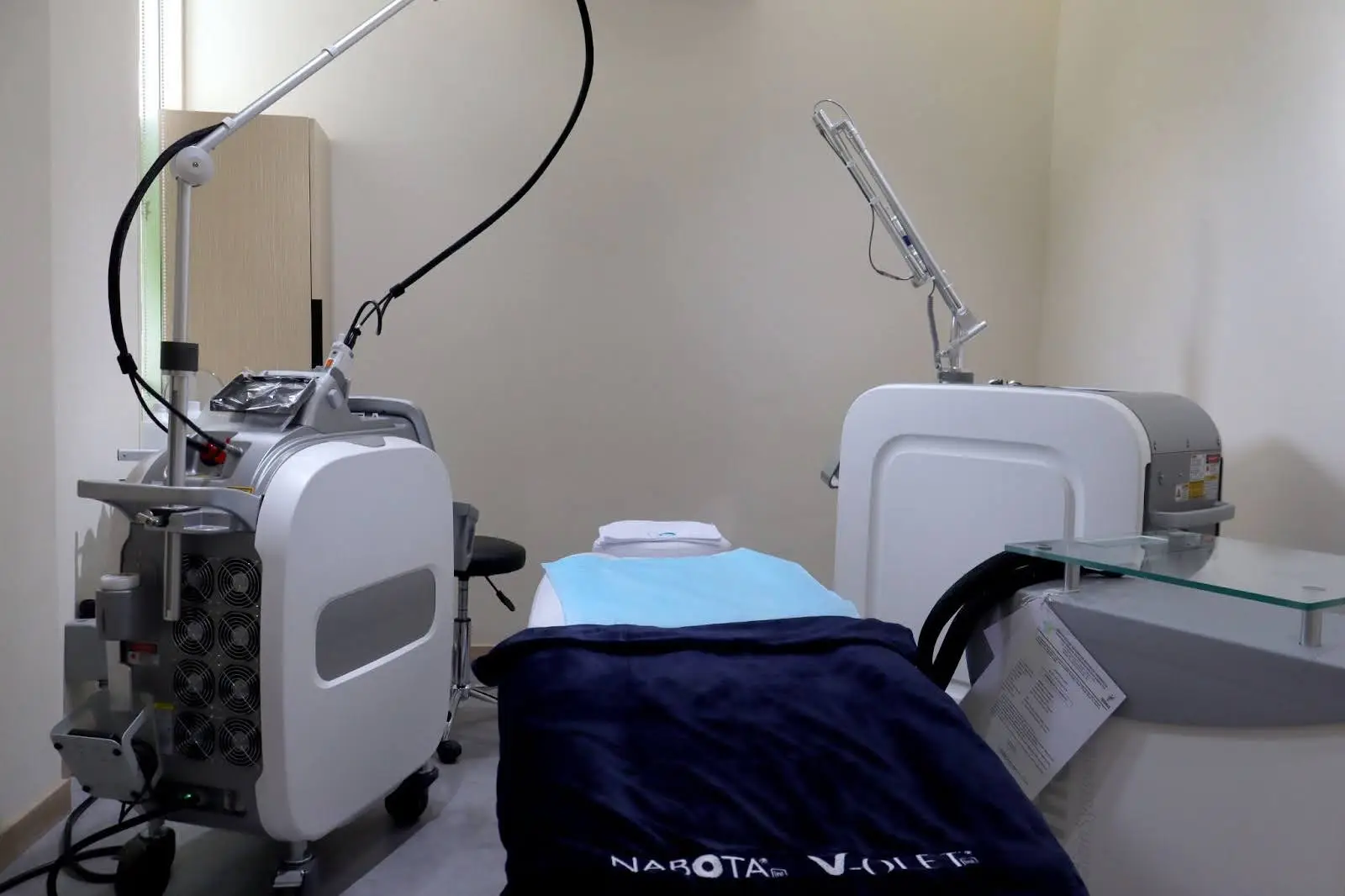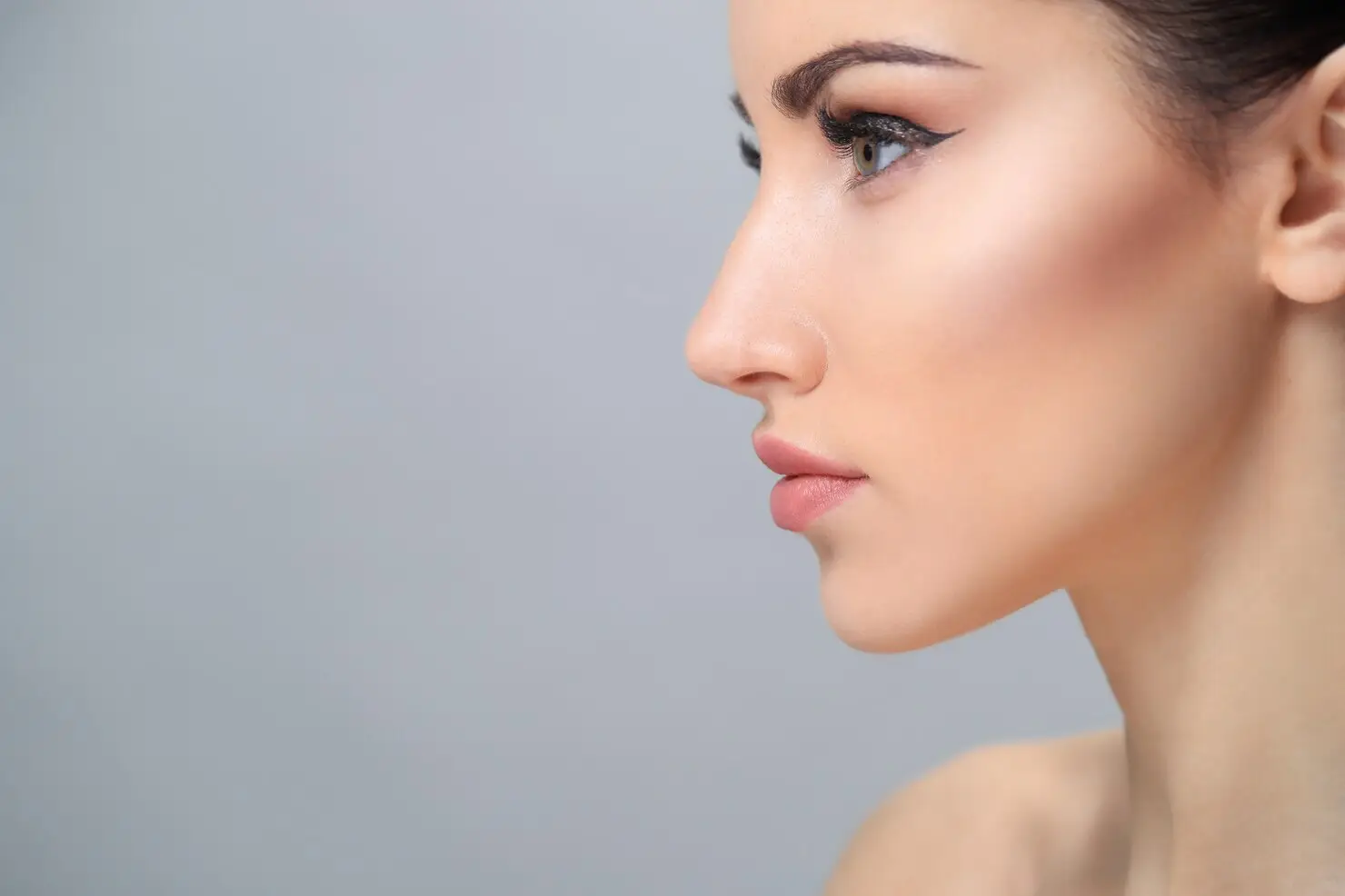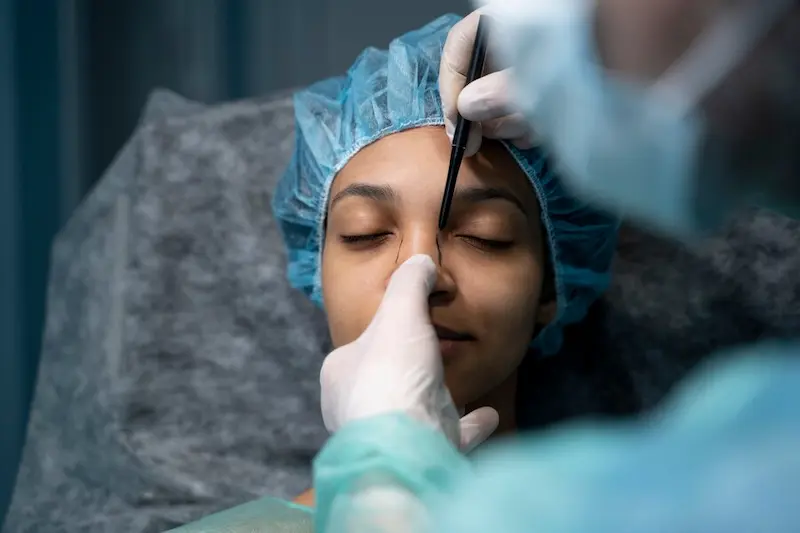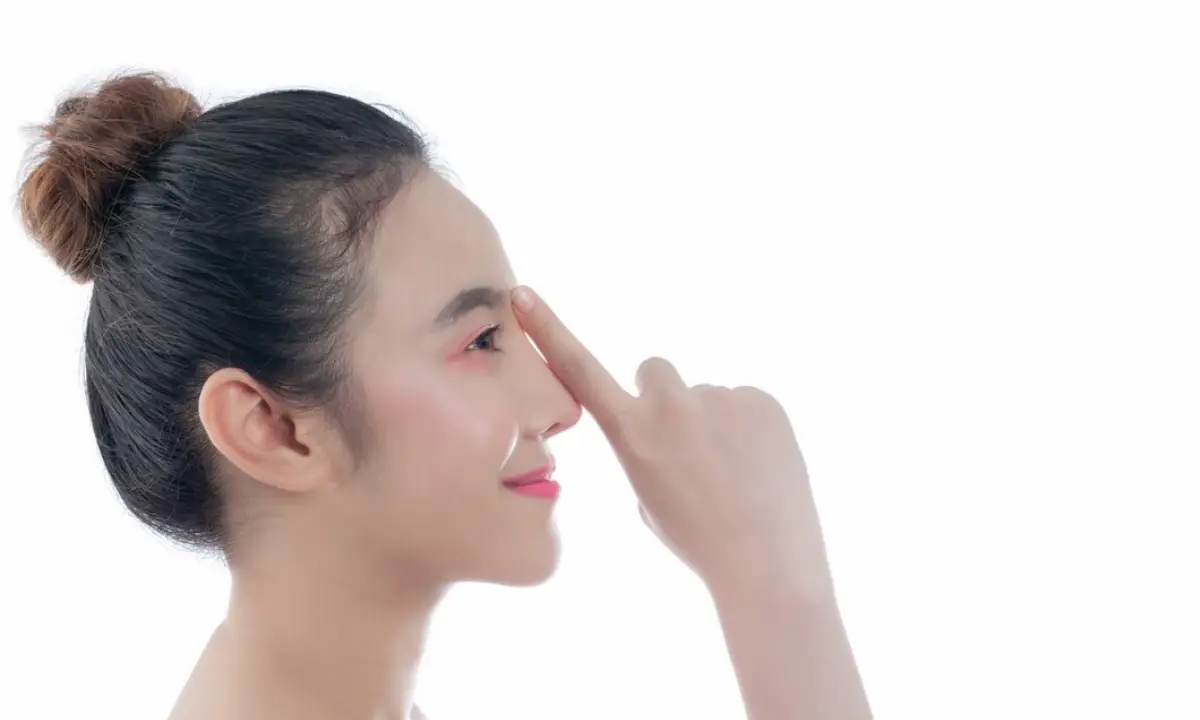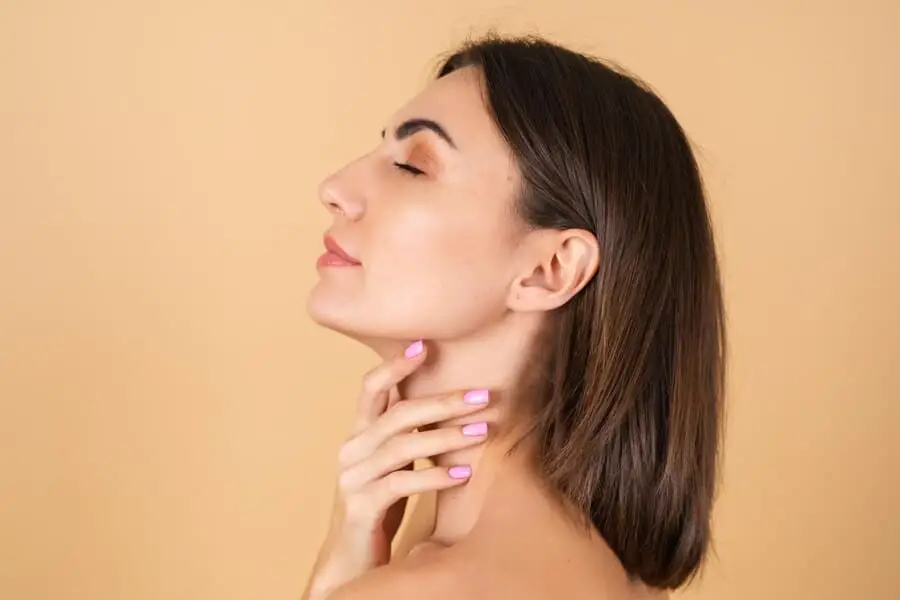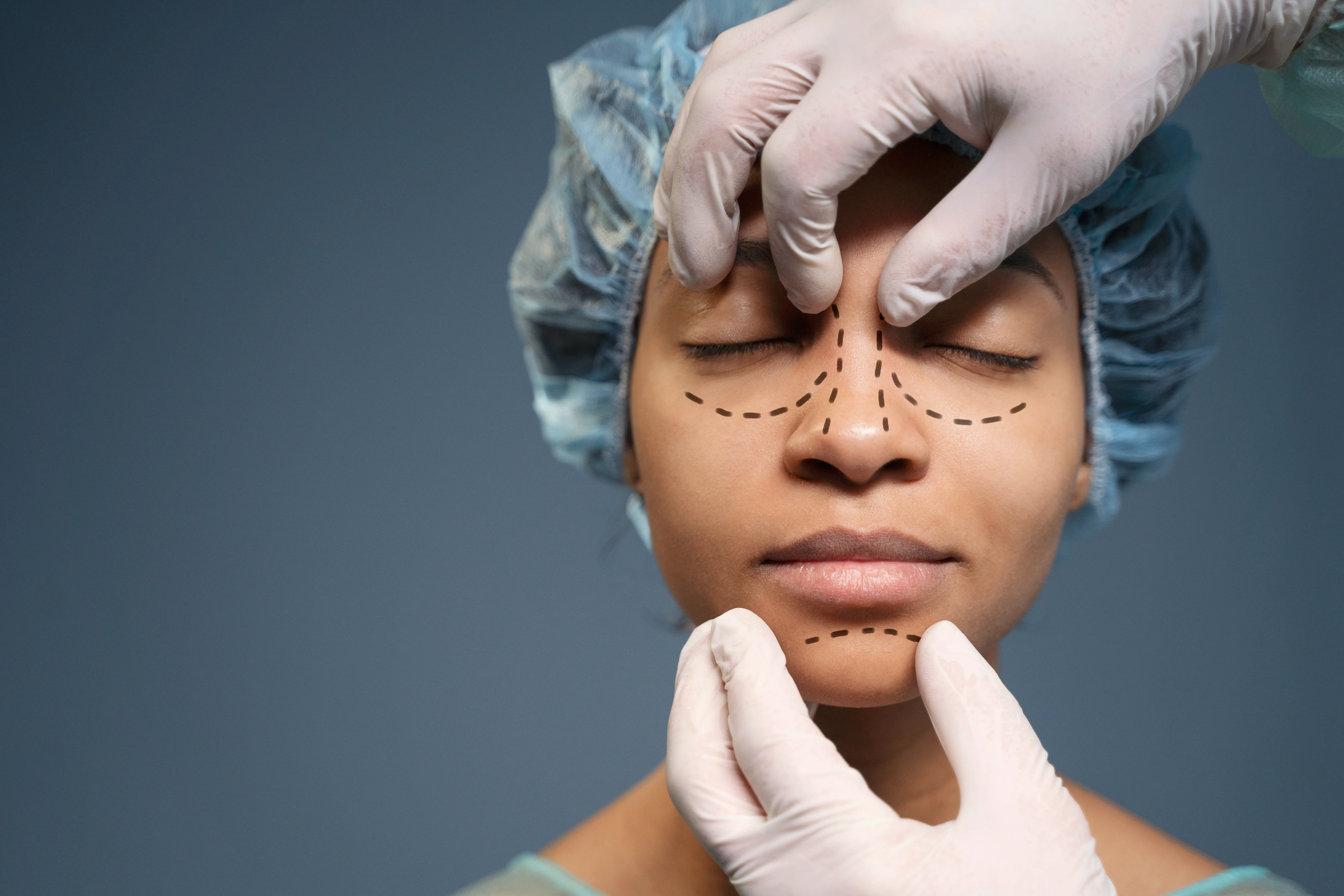Nose Surgery Bali
Author: Administrator28/03/2024Enhance Your Profile with Rhinoplasty Surgery
Nose surgery, or rhinoplasty, is a plastic surgery procedure designed to refine the nose’s shape and improve facial balance. It involves precise modification of the nasal septum, anterior nasal spine, and surrounding structures to enhance both function and aesthetics.
Depending on each patient’s needs, surgeons may use implants, ear cartilage, septum cartilage, or costal cartilage to reshape the nasal passages and create a more harmonious and natural-looking result.
How Rhinoplasty Works?
The nose job, also known as nasal surgery, is a surgical procedure performed to reshape and refine the nasal anatomy for both aesthetic and functional improvement. It’s usually done under general anesthesia and lasts a few hours, depending on complexity. Here it's procedures:
1. Incisions and Access
The surgeon begins by making small incisions, either inside the nostrils (closed rhinoplasty) or across the columella (open rhinoplasty), to access the internal nasal valve and external nasal anatomy.
2. Reshaping Bone and Cartilage
Next, the paired nasal bones, upper lateral cartilages, and lower lateral cartilage are carefully adjusted to refine the nasal dorsum and improve nasal airway function. This stage may also address nasal obstruction by modifying the lateral nasal wall or correcting issues in the nasal cavity.
3. Structural Support and Refinement
In some cases, grafts from the septum cartilage or implants are added to enhance structure and maintain stability. Surgeons also take care to preserve the nasal blood supply from arteries such as the posterior ethmoid arteries, ensuring safe healing.
4. Closure and Recovery
Finally, the incisions are closed, and the external nasal valves and nasal muscles are realigned for balance. The result is a refined nasal contour that supports both improved breathing and enhanced facial harmony.
The Benefits of Rhinoplasty
Undergoing nose surgery offers both aesthetic and functional improvements, making it one of the most popular cosmetic surgery and nasal reconstruction options today. Here are the key benefits you can expect:
1. Improved Facial Harmony
Through precise rhinoplasty techniques, surgeons refine the nasal shape and nasal skeleton, ensuring the external nose blends naturally with your facial proportions for enhanced balance.
2. Enhanced Self-Confidence
A well-proportioned external skin contour not only improves your appearance but also boosts self-esteem and confidence in social interactions.
3. Correction of Breathing Problems
Beyond aesthetic surgery, rhinoplasty can also function as reconstructive surgery, correcting nasal tissues, internal nose, or nasal floor issues, such as a deviated septum, to restore proper airflow.
4. Customized and Safe Procedure
Each surgery is tailored to your nasal analysis and unique anatomy. Surgeons carefully manage factors like superior labial artery flow and nasal innervation to ensure a safe, precise outcome.
5. Natural-Looking Results
Modern rhinoplasty produces subtle, natural results, whether combined with chin surgery for better balance or performed alone to refine your features, without removing excessive tissue or excess skin.
Who is a Good Candidate for Rhinoplasty?
If you’re considering nose surgery Bali, it’s important to understand who makes an ideal candidate for this transformative procedure. Generally, rhinoplasty is suited for individuals seeking both aesthetic and functional improvements to their nasal structure. Here’s what defines a good candidate:
1. Realistic Expectations
Whether undergoing primary rhinoplasty or revision rhinoplasty, candidates should have realistic goals and understand that results are meant to enhance natural beauty, not completely alter appearance.
2. Good Overall Health
You should be in good physical condition, free from serious medical issues, and avoid over-the-counter supplements or medications that could increase bleeding risk before surgery.
3. Structural Concerns
Candidates often have issues such as an imbalanced dorsal septum, caudal septum deviation, or problems with the inferior turbinate that affect breathing and appearance.
4. Mature Nasal Development
Rhinoplasty is typically performed after facial growth is complete, when the nasal length and structure have stabilized, reducing the need for revision surgery later.
5. Functional or Anatomical Problems
Those with ethmoid bone irregularities, cranial nerve sensitivity, or nasal obstruction can benefit from the procedure. Adjustments in the upper lip and surrounding structures may also improve facial harmony.
Safety and Side Effects
Like any surgical procedure, nose surgery requires careful planning and consideration to ensure a safe and satisfying outcome. Understanding potential side effects and following proper aftercare is key to achieving optimal healing and natural results.
1. Common Post-Surgery Reactions
After rhinoplasty, mild swelling, bruising, or tenderness around the nose and other facial features are normal. These can be managed using cold compresses and prescribed pain medication while resting in the recovery room under supervision.
2. Anesthesia and Early Recovery
Depending on the complexity of the case, surgeons may use local anesthesia or general anesthesia. A small nasal splint might be placed to stabilize the structure as the internal nasal anatomy heals.
3. Structural and Functional Complications
While rare, complications such as septal deviation, septal perforation, or issues with the internal valve may occur, requiring evaluation and possibly additional surgery for correction. In some cases, spreader grafts are used to support the nasal walls and improve breathing.
4. Healing and Follow-Up Care
Proper post-operative care includes keeping your head elevated, avoiding strenuous activity, and attending regular checkups. A physical examination helps ensure that the nasolabial angle and nasal contours are healing correctly without affecting body image or facial balance.
5. Advanced Surgical Techniques
Modern surgical techniques prioritize precision and preservation of the superficial musculoaponeurotic system and nasal structures to minimize risk and achieve natural results that harmonize with your overall facial profile.
Disclaimer
- Treatment results may vary for each individual, depending on skin condition, medical history, lifestyle, and various other factors.
- All “before & after” photos shown are illustrative examples and do not guarantee identical results for every patient.
- The information provided on this website is intended for general educational purposes only and should not be considered a substitute for professional medical consultation. Please consult directly with a licensed doctor or medical professional at our clinic for an accurate diagnosis and personalized treatment recommendations.







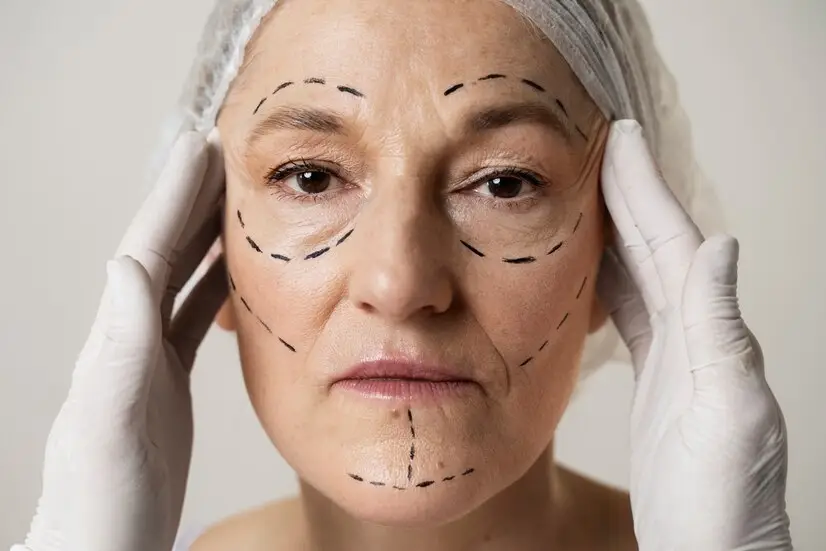
.webp)
